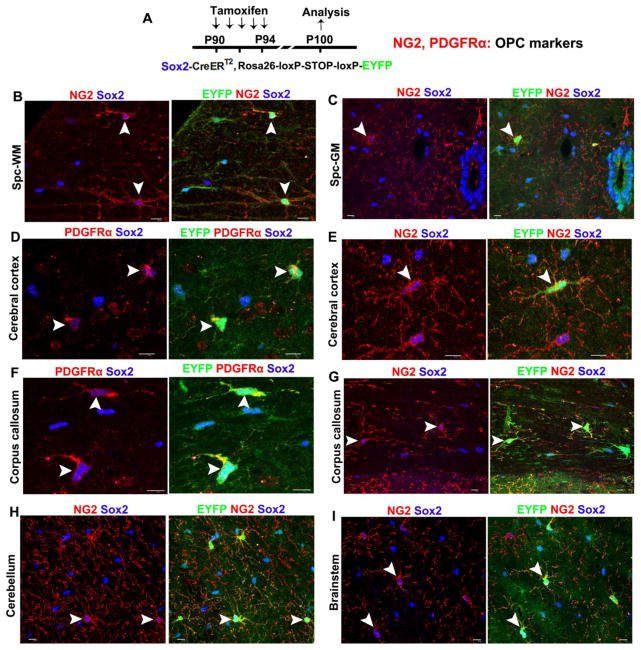Figure 1. Sox2 is ubiquitously expressed in all adult OPCs throughout the CNS regions.
A, transgenic mice and experimental designs. Double transgenic mice carrying Sox2-CreERT2 and Rosa26-loxP-STOP-loxP-EYFP were injected intraperitoneally with tamoxifen daily from P90 through P94, and CNS tissues were processed at P100 for immunohistochemical analysis of EYFP and the OPC markers NG2 and PDGFRα. Note that the Sox2-CreERT2 transgene is homologously knocked in the locus of endogenous Sox2 gene. Therefore, tamoxifen inducible EYFP expression is a bona fide indicator of endogenous Sox2 promoter activity. B–I, triple immunohistochemistry of reporter EYFP, endogenous Sox2, and OPC markers PDGFRα (or NG2) unequivocally demonstrate that Sox2 is expressed in adult OPCs in the spinal cord white matter (WM) (B) and gray matter (GM) (C), cerebral cortex (D, E), corpus callosum (F, G), cerebellum (H), and brainstem (I). Arrowheads point to the examples of PDGFRα (or NG2)+ OPCs that have both endogenous Sox2 (blue) and transgenic EYFP expression. Note that 100% of EYFP+ cells (including astrocytes and OPCs) are Sox2 positive, validating that EYFP is a reliable indicator of endogenous Sox2 expression. Over 90% of NG2+ (or PDGFRα+) OPCs are EYFP+ using the tamoxifen injection paradigm (see Materials and Methods). Scale bars = 10 μm.

